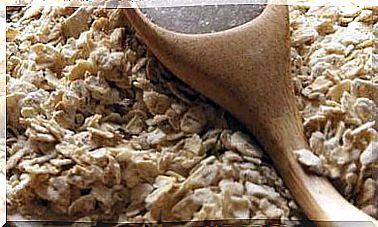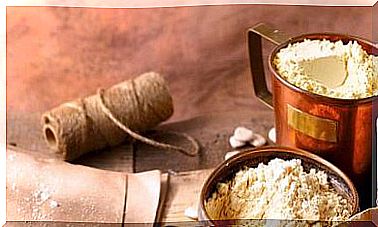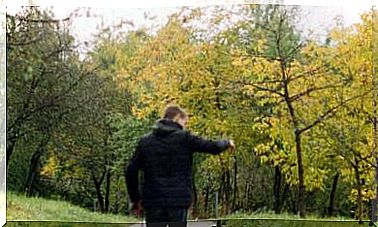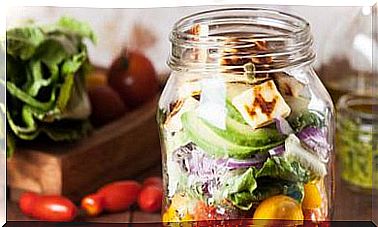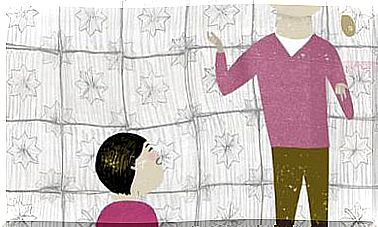Foods That We Should Not Cook And Advantages Of Eating Raw
Cooking destroys many nutrients and modifies the structure of proteins and fats. What foods should we not cook and what are the reasons?
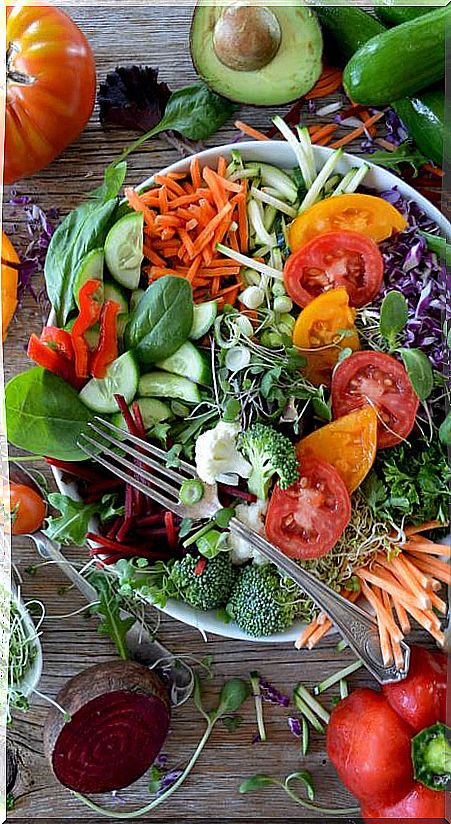
For hundreds of thousands of years our ancestors survived by eating raw. Later, the invention of fire, roasts, casseroles and pots helped more people survive and formed the basis of cultures and civilizations: legumes and grasses became part of our diet.
We can ask ourselves the question of whether the raw diet is the original one, the one that human beings followed before adapting to fire. Some think that still most of our adaptation mechanisms are more prepared to digest and assimilate raw foods than foods modified by fire.
Cooking food has become an art, a way of eating to which we have adapted, something essential in gastronomy but also essential for health? Is it healthy to heat food? Have we developed over time a partial dependence on that predigestion that cooking offers?
Looking for balance
For many years, naturopathic medicine has recommended vegetarian diets, sometimes raw:
- Bircher Benner spoke of the importance of raw food even before the discovery of vitamins.
- Paul Carton and Catherine Kousmine highlighted not only the usefulness of raw food and sprouts but also their therapeutic application.
Today we have more reasons to recommend raw food to a sick person, and we also know better the importance of raw food and the modifications that occur when cooking it.
However, for traditional Chinese medicine, food should always or almost always be cooked. We do not know to what extent it is because its digestion subtracts energy or temperature from the stomach or if it is due to ancient hygiene precepts (in China green tea is drunk as a way of boiling water), to avoid infections or parasites.
The balance is likely to be found in a diet that includes both raw and cooked foods, albeit with a significant proportion of raw foods.
Between raw foodism and the current fashion for over- processed, manipulated and denatured food there is a wise middle ground.
We are going to try to see what advantages each provide, how the body processes them and what must be taken into account when cooking them.
Raw or cooked: what is better for each food?
- Fruits are preferable to be eaten raw, as they take better advantage of their health and medicinal properties. The heat destroys a good part of its vitamins ; if the cooking is carried out in an aqueous medium, part of its mineral salts dissolve in the water. Only in case of weakness of the digestive system is it justified to boil or roast apples, plums, peaches or other fruits.
- Nuts and seeds: better raw. Roasting or frying them enhances their flavor but destroys most of their vitamin B1 and changes in their fats. In addition, they can be indigestible.
- Cereals, although they can be eaten raw, especially sprouted, are more digestive when cooked, and even previously subjected to fermentation, as in bread and pizza.
- Vegetables. Cooking them facilitates their digestion, although part of their vitamins, especially C, and their enzymes are destroyed. In addition, the mineral salts dissolve in the cooking water. Therefore, whenever possible it is advisable to consume them raw or slightly boiled.
However, there are some vegetables that should always be eaten cooked, as raw they are indigestible and even toxic:- Potatoes and aubergines : raw can contain solanine (a toxic alkaloid), especially if they are not quite ripe.
- Mushrooms : may contain a carcinogenic substance from the hydrazine family, agaritin. More than 90% disappear when cooked.
- Yucca or cassava. This raw tuber contains a toxic substance that disappears with cooking.
What happens to food during cooking?
Vitamins, as well as some “essential” trace elements, fats, and amino acids are so because the body does not manufacture them and needs to be taken from food.
If our body is not capable of manufacturing them, it is because it finds them in the environment and is capable of assimilating them very easily, as long as that environment is natural and we have contact with it. That is, they are easily found in raw foods.
When cooked, many of these items are lost or modified:
- Loss of vitamins
- The Vitamin C is the most abundant. It is in everything green and in all fruits. But just as it is easily found, it is also easily lost. It is one of the most sensitive to heat.
- The B vitamins, especially folic acid, riboflavin, and inositol, are also easily lost.
- Fat-soluble vitamins (A, D, E, and K) are said to be relatively more stable up to 100 ° C, but deteriorate when food is fried or baked.
- Denaturation of proteins. Proteins are denatured but generally do not lose their nutritional value. Yes, a variable proportion of certain amino acids, such as lysine, is lost when toasting certain foods such as bread, potatoes or nuts, the typical brown crust forms.
- Transformation of fats. They resist the action of heat quite well, but if it is high, a part of the fat is oxidized and becomes toxic or harmful substances. This is the case, for example, of acrolein that is produced by frying at high temperatures. In addition, “trans” fatty acids are formed that promote increased cholesterol and arteriosclerosis.
The ideal thing is not to heat the oils or nuts, not to cook or fry them, much less reheat them. Olive oil withstands heating action longer than any other, but it also deteriorates. The more it is heated, the more it is modified, so it is not recommended that it get to smoke in the pan or reheat it several times. - Carbonization of carbohydrates. They are the nutrients that best resist heat, although when it is excessive they carbonize and lose their nutritional value.
- Mineral impoverishment. Being soluble in water, a part of them passes into the cooking water. Boiled food is depleted in minerals, while the water in which it has been cooked becomes enriched.
- Inactivation of enzymes. Sprouted cereals and legumes, as well as raw fruits and vegetables contain enzymes that facilitate digestion and perform various beneficial functions in the body, not yet well known. The heat of cooking inactivates these enzymes, which reduces the curative and preventive power of foods.
- Loss of hardness of foods, which, being softer, require less chewing effort. This leads to a weakening of the teeth and jaws, and less food loss.
10 reasons to choose foods in their natural state
Raw fruits, vegetables and nuts are the mainstay of a healthy diet: in general, they are more natural and more nutritious than foods that have undergone some type of transformation. Its advantages are manifold.
- Quality. Its composition is not altered or modified: there is a quality and vitality that are transferred intact, as millions of years ago.
- Nutritious and digestive. They preserve all their vitamins, minerals and trace elements, and also all the enzymes and ferments that facilitate digestion. They are also found in water, micronutrients, fiber, fats not oxidized by heat, etc.
- Joint action. The beneficial substances and nutrients in food work together, making them more effective than when isolated.
- Unmodified proteins. In the raw, they are accompanied by their protease enzymes. They are not modified, caramelized or burned.
- “Cis” fats. Fats keep their fatty acids in the form of a “cis” chain, which is transformed into “trans” (not healthy) by the effect of heat.
- Good for flora. They favor the production or direct contribution of a particularly beneficial intestinal flora.
- Purifying. They are usually high in potassium and low in sodium, which is useful for cleansing diets.
- Preventive. They improve many immune disorders and prevent many ailments related to excess fats, proteins and carbohydrates refined or altered by heating.
- Tasty They do not need flavor “disguisers”. From an organoleptic point of view, they are very attractive.
- Easy to prepare. It is a very simple way of “cooking”.


